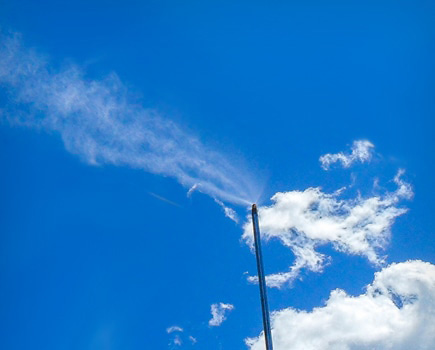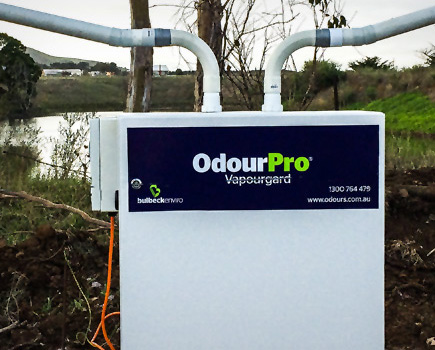Solid waste management generates odours but solutions are available
Solid waste management is associated with bad smells. It is common for solid waste sites to be blamed for any bad odour in the area even if it doesn’t originate at the solid waste site. Residents also tend to oppose expansion plans for these sites.
But odour control at solid waste management sites is possible. It begins with a clear understanding of the industry and an appreciation for the science behind how odours are caused. This must be followed up with an awareness of the solid waste site activities that result in odours being released into the atmosphere.
Once these factors are taken into account, atmospheric conditions must be monitored. For example, what is the prevailing wind direction? Lastly, experts are needed to match solid waste odour management solutions with the specific issues on the site.
Cleanawater is the ideal partner to help you walk through these steps to effective odour management at your solid waste management site.

There are three ways that odour is caused in solid waste management:
1. Decaying organic materials
Odours from solid waste management facilities are caused by the breakdown of organic material. Bacteria feed on organic material and produce sulphides as a result. These sulphide compounds convert to H2S - a pungent source of odour. They also form other volatile organic compounds (VOCs), which are released into the atmosphere creating a complex array of odours. Neighbouring residents and passers-by are forced to contend with the noxious smells.
2. Disturbance of waste material
Solid waste sites are large spread out areas where different parts of the site are in different stages of operation.
1. Waste is distributed on the working face using compactors and dozers. Compacted waste should be covered at the end of each day to prevent odours.
2. Water management prevents stormwater from flowing through the waste as much as possible. At the same time water flowing or leaching out of the waste slope must be collected and managed to prevent pollution and odours.
3. Environmental conditions
Wind is a primary contributor to spreading odours from solid waste management sites into neighbouring areas. Air movement and factors that cause currents of airs are complex and it is sometimes difficult to identify the source of an odour because of environmental conditions.
Solutions for odours in solid waste management
Surface treatment is used like a blanket to cover decomposing waste. In this way, the odours released by decomposition are suppressed within the solid waste. Surface treatment is often used at the end of a shift in order to prevent odours from being released overnight while the solid waste site is dormant. As far as possible, it is best to prevent the release of odours compared to treating them once they are in the air.
Surface treatments have the added advantage of containing micronutrients. These tend to shift the bacterial processes of organic waste breakdown away from odour forming compounds to more neutral compounds.

Misting systems are made from essential oils and organic plant compounds. The reactant is mixed with potable water and then converted to a mist through a nozzle. As the mist drifts through the air, the misting agent bonds molecularly to the odour compound. Through this process odour compounds are converted to non-volatile compounds.
Misting systems can be portable, allowing them to be moved to active parts of a solid waste site as needed. However, their disadvantage is that they use a precious and expensive resource in potable water.

Vapour systems disperse a vaporised chemical into the atmosphere where it drifts in the air. It has a longer contact time with odour compounds because of the way it suspends in the atmosphere. The most effective configuration for vapour systems is to run it along the solid waste site fence line. Vaporised chemical compounds enter the air stream leaving the solid waste site providing effective and continuous odour treatment.

Recent projects
Cleanawater has proven experience in helping solid waste management sites to solve their odour issues:
- We installed a misting system at ANL landfill and Kimbriki
- We implemented vapour systems with Select Civil at Lucas Heights landfill, Remondis at Awaba landfill and Gympie Regional Council at Regional landfill.
Contact Cleanawater for solid waste management odour solutions
Cleanawater has extensive experience in solving odour issues at solid waste management sites. We have the technical expertise to help diagnose problems and propose the best solutions. Our surface treatments, misting systems and vapour systems are installed at multiple sites around Australia.
Find out more about our odour management solutions for the solid waste industry or call our expert team on 1800 353 788 today to arrange a consultation.
Must Read
What to Expect During a Modular Wash Bay Installation
CleanaWater, we make the process of installing a modular wash bay on your site as smooth and straightforward as possible. ...
Read moreThe CleanaWater Team Driving Water Treatment and Sustainability
CleanaWater is powered by a dedicated team of professionals who bring expertise and passion to every project. ...
Read more